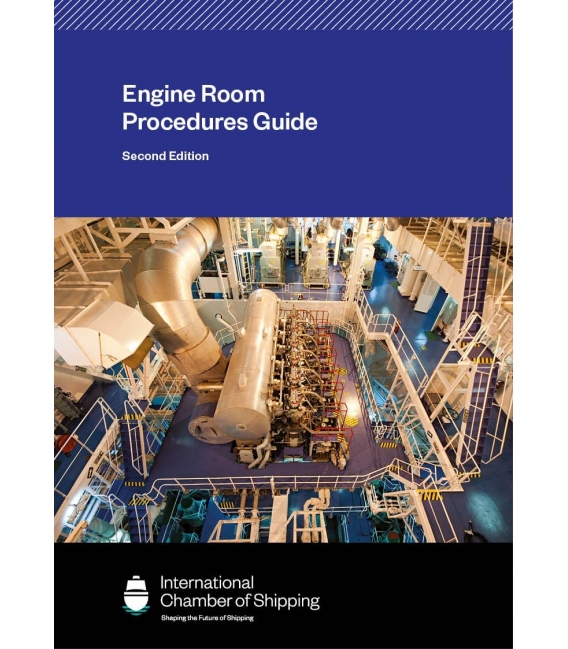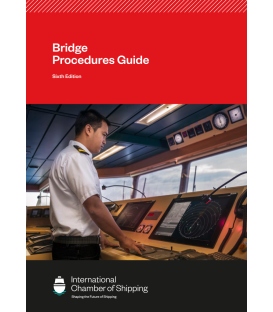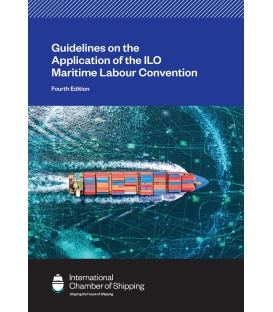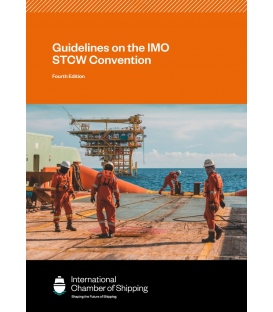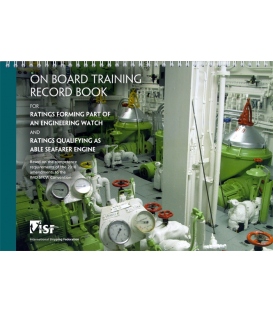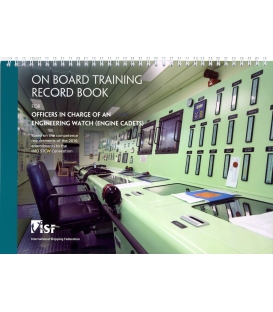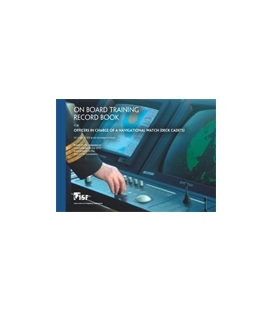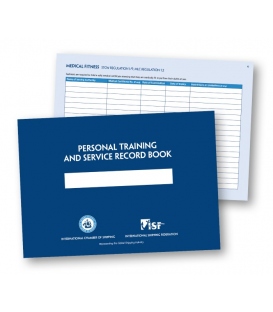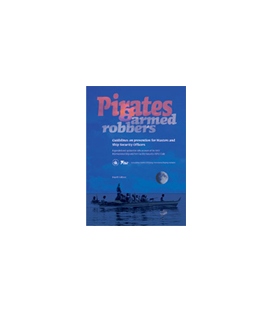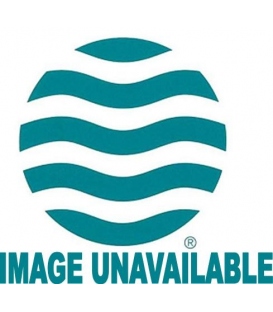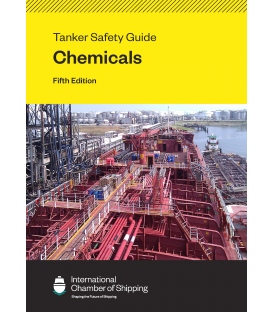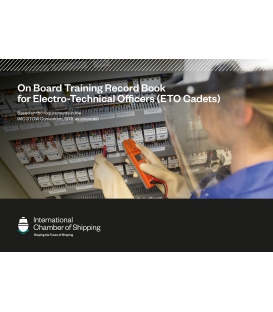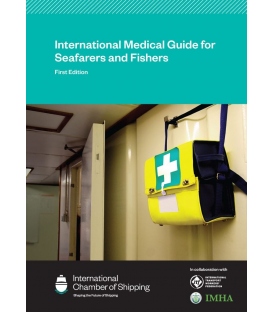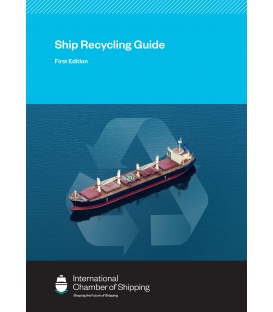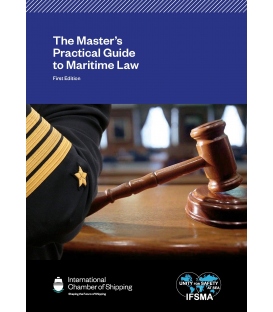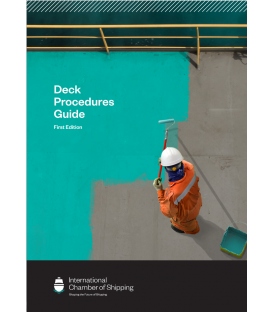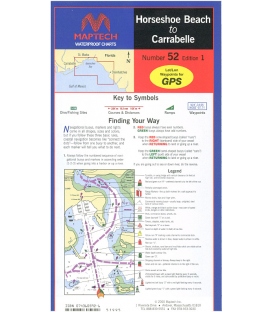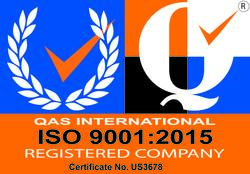

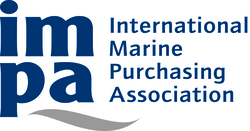
Sign up for our Newsletter
Engine Room Procedures Guide (2nd Edition, 2024)
The Engine Room Procedures Guide provides authoritative and comprehensive guidance on engine room procedures, to ensure that ships’ engine rooms are operated and managed safely while protecting the environment. A companion to the globally recognised ICS Bridge Procedures Guide, the Engine Room Procedures Guide can be used on all types of merchant ship.
The guide sets out routine engine room procedures and includes useful checklists for the ship’s engineering team. It provides clear guidance on safe and environmentally responsible engine room operation and maintenance, supporting internationally agreed standards and recommendations adopted by the International Maritime Organization (IMO).
The guide is an invaluable tool for Chief Engineers and other members of the engineering team, as well as shipping companies and training institutions.
It is recommended that a copy is carried on board every merchant ship.
Key features in the second edition:
Updated Content: The new edition embraces internationally agreed regulations of the IMO, ensuring that engine room crew have access to current and reliable procedures that support greenhouse gas emissions measures, such as how to safely conduct low load operations.
Expanded Coverage: The guide covers a wide array of engine room procedures, from routine maintenance to emergency response protocols, providing a comprehensive reference for crew members. The guide includes crucial new procedures on handling alternative fuels such as liquefied natural gas, and highlights the latest common engine room deficiencies to help crew prepare for port state control inspections.
Enhanced Safety Measures: Safety is a top priority in the maritime industry, and this edition emphasises safety procedures to ensure the well-being of all crew members and the environment. It includes updated and consolidated enclosed space entry procedures that align with latest industry best practice.
User-Friendly Design: The guide is designed for ease of use, with a clear layout and navigational features that make finding the right information quick and straightforward.
|
1 Introduction 1.1 The value of procedures Strict adherence to established procedures and recognised best practice in engine rooms is crucial for ensuring the safe and environmentally responsible operation of ships. To achieve this goal, close and effective co-ordination is required between different departments on a ship. This is particularly important for the deck and the engine departments. The master is the company’s representative on board the ship and has the overriding authority and responsibility to make decisions on board about safety and pollution prevention. The master and the chief engineer must work closely to ensure that the ship, crew and cargo – as well as the environment – are safe from harm. 1.2 Changes in the engine room Engine room design and technology have changed considerably in the past few decades. As new technology is introduced into engine rooms, such as new fuels, exhaust gas cleaning systems (EGCS) and ballast water management systems (BWMS), new hazards are being introduced which are not always covered in existing procedures. Alongside the risks of breakdowns, fires and personal injury, these new hazards need to be risk assessed and appropriate safeguards put in place. Maintenance and watchkeeping standards and procedures have improved over time through the implementation of lessons learned from incidents and accidents. Adequate training, professionalism, experience, and following established procedures in the Safety Management System (SMS) form the basis of safe operations in the engine room. Recent new regulations on environmental protection and the related equipment installed in engine rooms have also influenced changes to procedures. To comply with these new regulations, there needs to be a ‘zero tolerance’ approach to failures in the operation and maintenance of engine room equipment. The importance of this point cannot be over-emphasised. Complacency is unacceptable. 1.3 An effective engineering team The engineering team is responsible for the operation and maintenance of the engine room on a ship. They are also responsible for the inspection, maintenance and repair of deck machinery such as winches and cranes. Effective engine room organisation is the starting point to ensure that a system is in place to promote, support and monitor best practice and ensure safety of operation. At all times, safe operation of the engine room requires effective command, control, monitoring, supervision, communication and management. 1.4 Documentation A sound system of document management, including records required for statutory purposes and records kept in line with company policy, should be capable of demonstrating a full, complete and accurate record of safety and environmental compliance on board each ship. 1.5 Environmental protection It is the responsibility of every member of the crew, including those in the engineering team, to protect the environment and strictly comply with on board environmental procedures and instructions. 1.6 Company policy and procedures 1.6.1 The Safety Management System (SMS) The International Safety Management (ISM) Code requires every shipowning or management company to have an SMS. The SMS must include a safety and environmental protection policy with functional requirements and practical guidance on all aspects of safe and environmentally responsible management and operation on board the company’s ships. The company is responsible for ensuring that the safety and environmental protection policy is implemented ashore and on board. As part of the SMS, each ship should have a manual or series of manuals that provide the instructions, procedures and guidance to implement the SMS on board. This is called the safety management manual. As a minimum, the SMS and safety management manual should include:
The safety management manual and associated procedures should be developed in line with the KISS principle – ‘Keep It Short and Simple’. A concise, easy-to-understand manual is more likely to be a useful tool which crew will actually use. For comprehensive guidance on compliance with the ISM Code, and developing, implementing and maintaining an SMS, see the latest edition of the ICS Guidelines for the Application of the IMO International Safety Management (ISM) Code. For help in the identification of critical machinery/equipment, the Oil Companies International Marine Forum (OCIMF) Safety Critical Equipment and Spare Parts Guidance can be consulted. 1.6.2 Drug and alcohol policy The International Convention on Standards of Training, Certification and Watchkeeping for Seafarers, 1978, as amended (STCW) includes requirements to prevent drug and alcohol abuse on board. In general, a limit of no more than 0.05% blood alcohol level (BAC), or 0.25mg/l alcohol in breath, for crew performing designated safety, security and marine environmental protection duties is applied by flag states. Flag states may apply more stringent limits and the applicable limits must be known, reflected in on board procedures and complied with. The company may choose to apply more stringent requirements, and on some ships zero alcohol requirements may apply, e.g. on many tankers, depending on the policy of individual companies. The company should have a drug and alcohol policy, which includes a clear statement of what constitutes prohibited substances, both on board and ashore. All crew, including the engineering team, should always comply with this policy. The policy should also apply to visitors and personnel temporarily on board, such as contractors and officials. Periodic unannounced drug and alcohol testing may be carried out to confirm compliance with these requirements. If there is any concern that the drug and alcohol policy is not being complied with, the master should act immediately to ensure that the safety of the ship is not compromised. For more guidance, see the ICS/Witherbys publication Drug Trafficking and Drug Abuse On Board Ship. 1.6.3 Personal electronic devices and cyber security The company should have a written policy to ensure that mobile phones or other personal electronic devices may only be used in the engine room in circumstances approved by the chief engineer. The chief engineer should consider factors such as general safety, hazardous area zoning, nearby sensitive equipment and workplace hazards, and the necessity of such devices. When devices are allowed, their use should be subject to limiting conditions. Where internet and email services are available in the engine control room (ECR), a policy and procedure should manage their use. Engine room watchkeepers’ use of the internet and email should be limited to out of duty hours or when it is necessary for the safe operation of the engine room and machinery. Access to the internet and email in the ECR is normally restricted to:
To protect the security of cyber systems on board:
Criminals will often use information from social media for targeted phishing attacks. Most end user threats are specifically targeted, with the aim of getting the user to click a malicious link. It is recommended that crew:
For more guidance, see the ICS, BIMCO and Witherbys , the ICS Guidelines on Cyber Security Onboard Ships and IMO MSC-FAL 1/Circ.3/Rev.1 Guidelines on Maritime Cyber Risk Management. Never plug personal devices such as USBs into engine room control systems. 1.6.4 Smoking policy Smoking should only be allowed in designated smoking areas. The company should specify these areas in its SMS. When drawing up a smoking policy, the company should take into account the critical phases of the ship’s operation, such as bunkering, cargo operations, etc |

